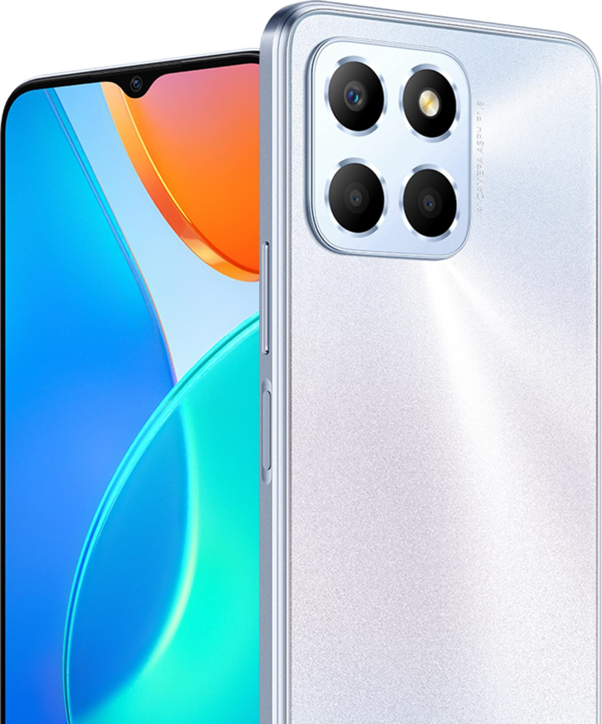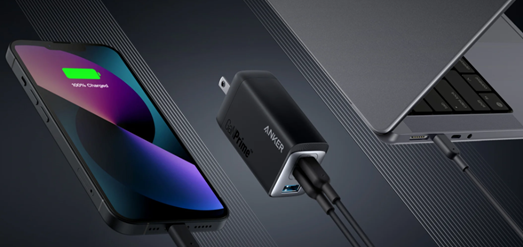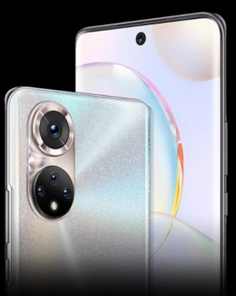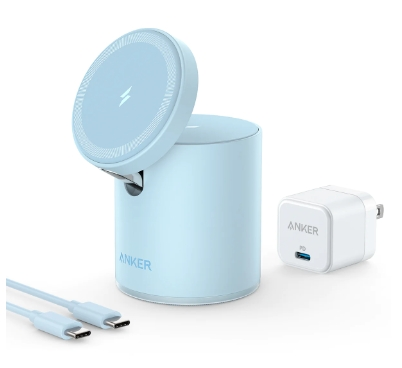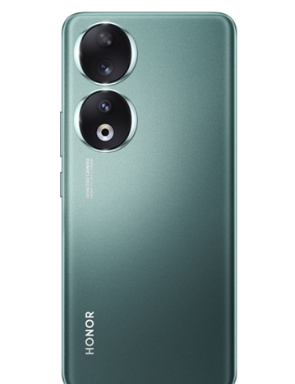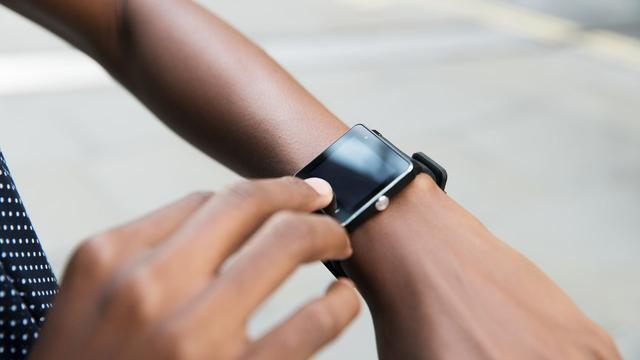
By cuterose
How to avoid getting a rash from your fitness tracker or smartwatch
There is a realistic possibility you may develop a rash from wearing your fitness tracker or smartwatch, many people do. This is a fact some manufacturers tend to gloss over.
Essential reading: Top fitness trackers and health gadgets
A rash is a noticeable change in the texture or colour of your skin. There are numerous causes including allergies, medications, cosmetics and certain diseases, such as chickenpox and measles. While the usual concerns for gadget buyers focus on specifications, its also worth giving some consideration to the skin sensitivity of wrists.
Fitbit made the news back in 2014 with the recall of its Force wearable fitness tracker. Some users developed rashes on their wrists while wearing the device. It had been on sale for just five months and was supposed to be the high-profile successor to the Fitbit Flex.
“The reactions we are seeing with new products are not uncommon with jewellery or wearable devices that stay in contact with the skin for extended periods,” Fitbit said in a statement at the time.
“According to our consulting dermatologists, they are likely from wearing the band too tight, sweat, water, or soap behind held against the skin under the device: or from pressure or friction against the skin and should resolve quickly when users take a break from the device, usually within hours or days.”
But rashes aren’t just a Fitbit problem. In the past users of Garmin, Polar and other brands have complained about rashes, burns and allergic reactions.
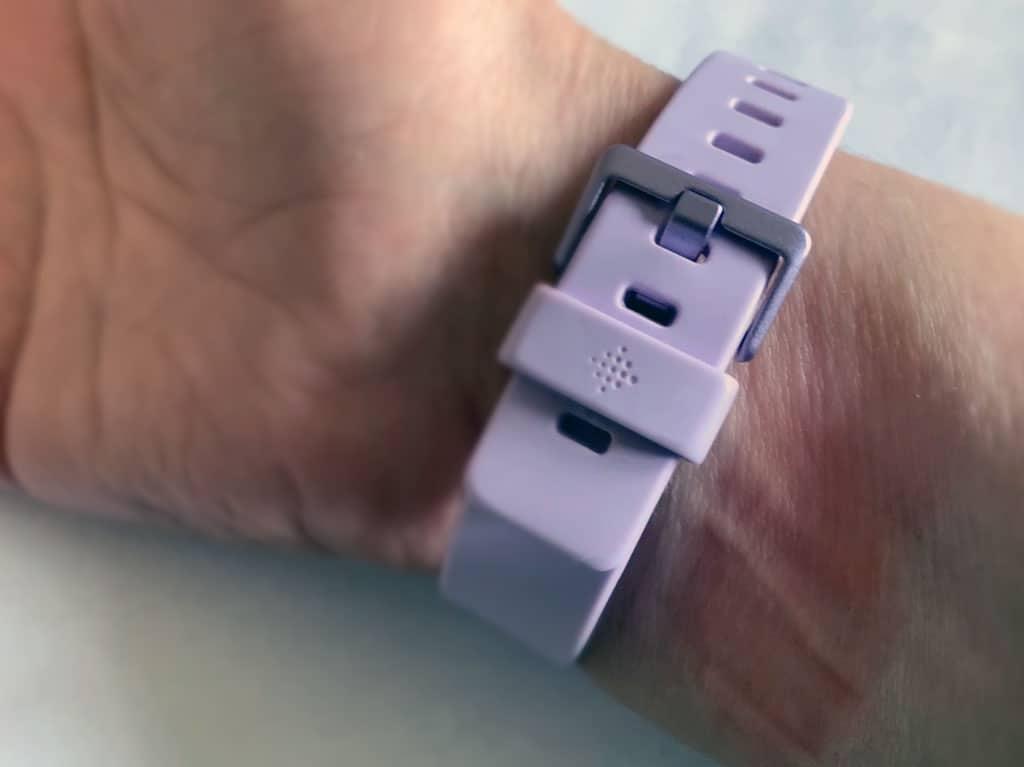
Everyone’s skin is unique. But there are a number of common reasons wearing a fitness tracker can cause your skin to revolt.
Unfortunately, there is no universal cure. But there are a few things you can do to lower your chances of developing this unpleasant problem.
The solution might be as simple as cleaning your wearable regularly. Trapped moisture and bacteria are the most likely causes of discomfort. After activities where you sweat, or your skin gets wet, clean and completely dry both your wrist and the fitness band before re-wearing. You can also clean your device with a mild soap-free cleanser such as Cetaphil or Aquanil. A dirty band isn’t just bad for your skin, it could interfere with your sensors’ performance.
Breathing is good for you and it is good for your skin too, so give your wrist some air. You don’t really need to wear your fitness tracker or smartwatch 24/7, 365 days per year! Reward your skin with some wearable holiday time!
Wear the band loosely enough so that it can move back and forth on your wrist. The other option is to loosen it when you are not working out and then tighten it when, for example, going for a run. Also, take the band off for twenty minutes each day during uninteresting events, such as when you are showering. Sure you’ll miss off a few steps, but your wrists will thank you for it.
You could even move the band from one wrist to the other wrist from time to time. However, if you do this for longer periods you might need to tweak the settings in the accompanying smartphone app to indicate whether you are wearing it on your dominant or non-dominant hand.
Fitbit Charge 5Gadgets & Wearables may get a commission |
Because skin irritation can stem from a variety of causes, trial and error are often necessary to find the underlying cause. Irritation from water, sweat, and soap is probably responsible for most rashes. So just make sure you take some time regularly to check that both your wrist and the fitness tracker are clean. It is also likely that true allergy is responsible in some cases. Best to take all this into consideration when it comes time to pick out your next wearable device.
Like this article? Subscribe to our monthly newsletter and never miss out!




